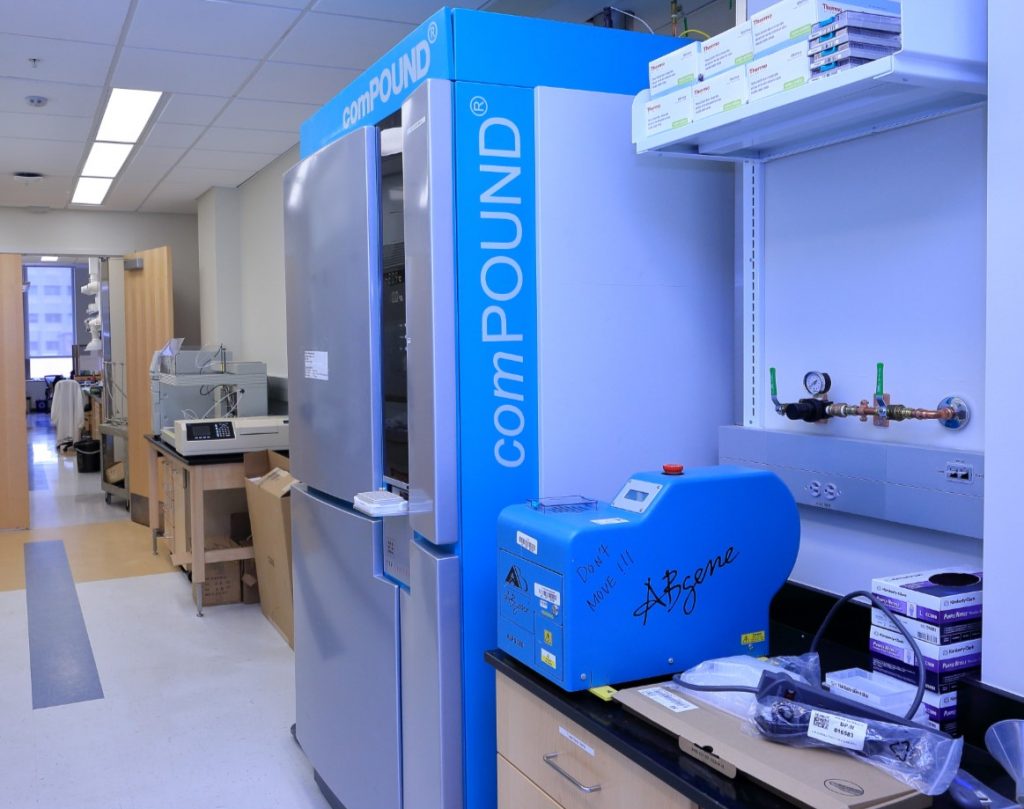Chemical Compound Collection
CICBDD Compound Collection
Compounds were filtered to eliminate toxic and reactive functional groups (REOS score ≥ -2,)[1] and the following physical property criteria: 200 <= MW <= 600; AlogP <= 6; #H_acc <= 10; #H_don <= 5. We intentionally allowed slight deviations from the ‘rule of five’[2] in order to permit slightly larger and more lipophilic compounds to be included since we anticipate screening some protein-protein interaction targets where these characteristics may be required for hit identification. Because this compound set was focused on maximizing Murcko scaffold diversity, all compounds were required to have at least one ring, as only such compounds have Murcko scaffolds.
[1] Walters, W.P. and Murko, M.A. “Prediction of ‘drug-likeness’” Advanced Drug Delivery Reviews 54 (2002) 255-271.
[2] Lipinski, C.A. “Lead- and Drug-like compounds: the rule-of-five revolution” Drug Discovery Today 1 (2004) 337-341.
[3] Bemis, G.W. and Murko, M.A. “The Properties of Known Drugs. 1. Molecular Frameworks” J. Med. Chem. (1996) 39 2887-2893.
Murcko Scaffold Generation
Compounds were selected based on structural diversity at the Murcko scaffold level. Essentially, a compound’s Murcko scaffold includes contiguous ring systems plus chains that link two or more rings. For Murcko scaffolds which contained more than 20 compounds, twenty compounds were randomly selected for that scaffold in order to maximize the diversity of scaffolds available for diversity set creation by effectively limiting the population of single scaffold-based compound sets.
Compound Acquisition
Based upon the above selection process and previous experience with vendors known to be reliable for delivery and purity, a set of 100K compounds was chosen and purchased from Enamine. In addition to determination of identity and purity at the time of hit identification, 3-5% of this collection will be examined by LC/MS for identity and purity confirmation – ongoing.


